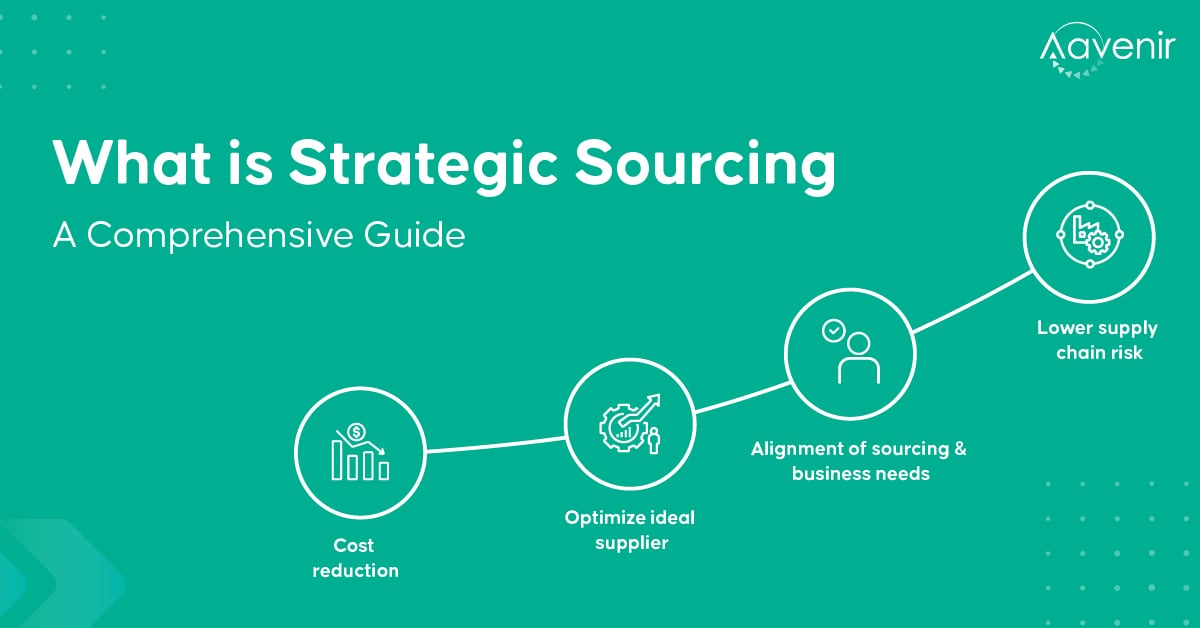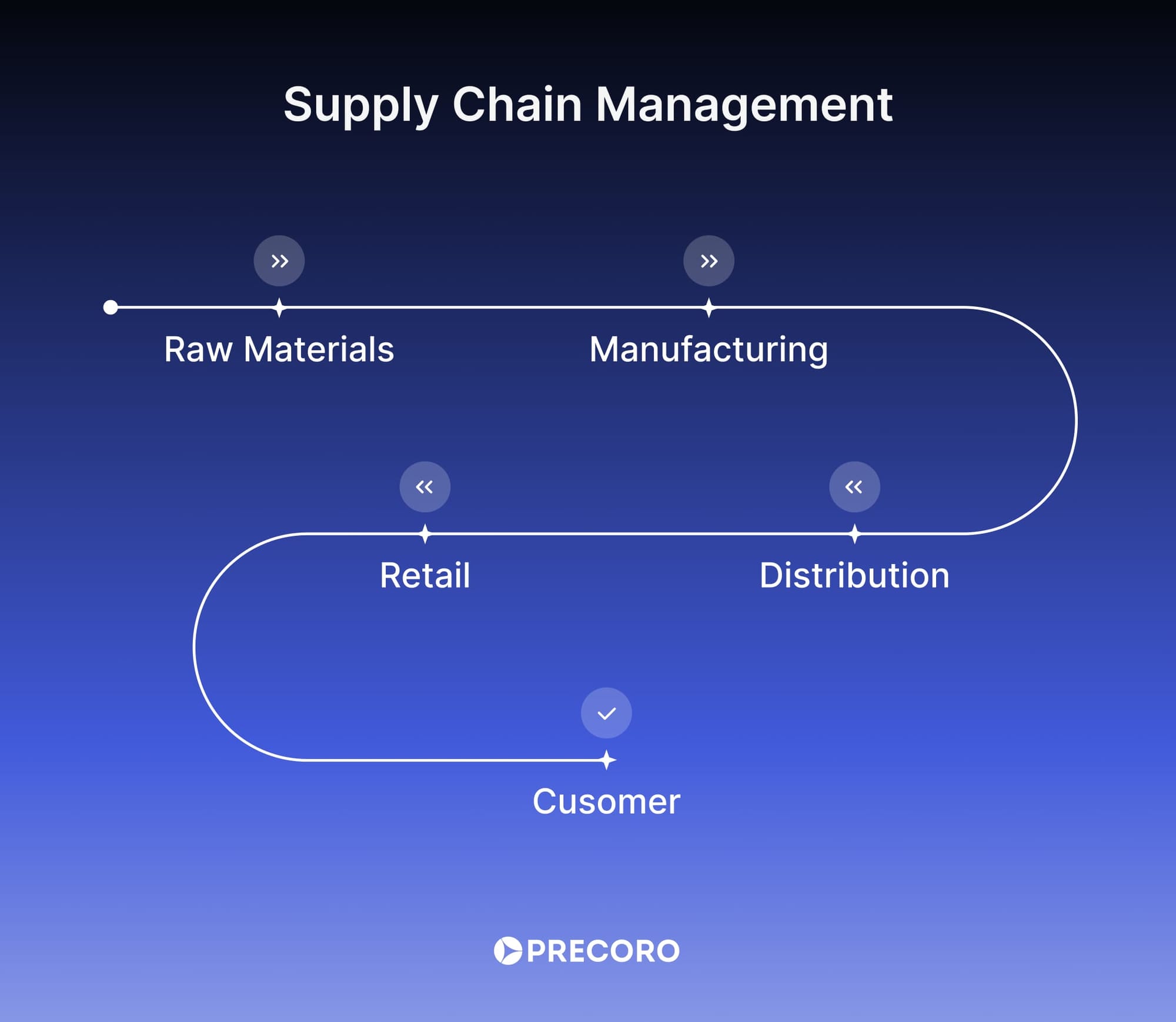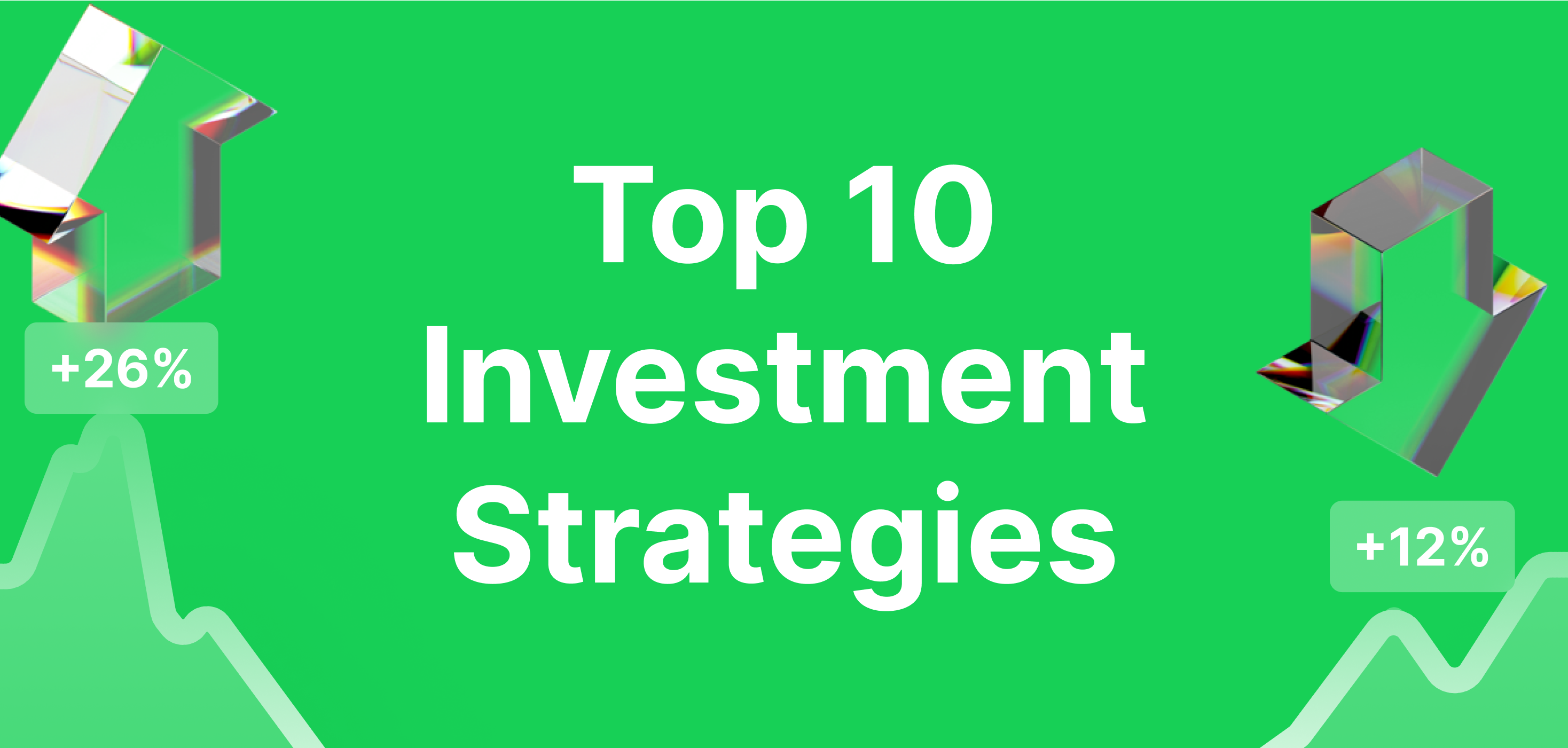Introduction
In today’s globalized world, procurementnation and shipping play a crucial role in business success. Efficient procurement ensures the right products are sourced at competitive prices, while effective shipping guarantees timely delivery to customers. Companies that master these processes gain a competitive edge, reducing costs and improving customer satisfaction.
This article explores the best practices for procurement and shipping, detailing strategies to optimize supply chain efficiency, reduce delays, and enhance overall business operations.
Understanding Procurementnation in the Shipping Industry
Procurementnation in the shipping industry involves sourcing goods and services required for transportation, warehousing, and logistics. It includes acquiring raw materials, packaging, fuel, maintenance services, and technology solutions.
Key Elements of Procurementnation in Shipping
Supplier Selection and Management
Identifying reliable suppliers is fundamental. Businesses must assess vendors based on cost, quality, delivery reliability, and compliance with regulations. Establishing long-term relationships with suppliers can lead to better pricing and priority services.
Cost Management
Procurementnation teams must negotiate favorable contracts while ensuring that quality standards are met. Bulk purchasing, supplier diversification, and strategic partnerships help in cost reduction.
Compliance and Risk Management
Shipping involves complex regulations, including trade compliance, customs requirements, and environmental laws. A robust procurementnation strategy ensures that businesses meet these requirements while mitigating risks related to delays or penalties.
Technology and Automation
Digital procurementnation tools streamline processes, improve supplier communication, and enhance visibility in the supply chain. AI and data analytics also aid in demand forecasting, reducing procurementnation inefficiencies.
Best Practices for Shipping Efficiency
Shipping efficiency is vital for businesses to maintain customer trust and manage costs. Here are some key strategies for optimizing shipping processes:
Choosing the Right Shipping Partners
Collaborating with reliable carriers ensures timely and safe deliveries. Businesses should evaluate shipping partners based on transit time, cost, tracking capabilities, and customer service.
Optimizing Packaging for Cost and Safety
Proper packaging minimizes damage risks and reduces shipping costs. Lightweight yet durable materials help lower freight charges while ensuring product protection.
Route Optimization and Freight Consolidation
Leveraging data-driven route optimization minimizes transit times and fuel costs. Additionally, freight consolidation—combining multiple shipments into one—reduces shipping expenses and improves delivery efficiency.
Utilizing Technology for Shipment Tracking
Real-time tracking and automated updates enhance transparency, allowing businesses and customers to monitor shipments accurately. GPS-enabled logistics systems help optimize delivery schedules.
Ensuring Regulatory Compliance
Adhering to international shipping regulations prevents customs issues and delays. Businesses must stay updated on trade laws, import/export restrictions, and documentation requirements.
Integrating Procurementnation and Shipping for Maximum Efficiency
A well-integrated procurement and shipping strategy results in a seamless supply chain. Here’s how businesses can synchronize these operations effectively:
Centralized Supply Chain Management
Companies should adopt an integrated supply chain management system to align procurementnation and shipping functions. This ensures better coordination between sourcing teams and logistics departments.
Supplier and Carrier Collaboration
Close collaboration between suppliers and carriers improves lead time accuracy. Sharing demand forecasts and inventory data enhances operational efficiency and prevents supply chain disruptions.
Automated Order Fulfillment
Automating procurementnation and shipping processes minimizes manual errors, speeds up order fulfillment, and improves service reliability.
Data Analytics for Continuous Improvement
Analyzing procurementnation and shipping data helps identify trends, inefficiencies, and potential cost savings. Businesses can use predictive analytics to make informed decisions and optimize workflows.
Challenges in Procurementnation and Shipping
Despite advancements in technology and strategies, businesses face several challenges in procurementnation and shipping, including:
Supply Chain Disruptions: Natural disasters, geopolitical issues, and pandemics can cause unexpected delays.
Rising Shipping Costs: Fluctuating fuel prices and increased demand affect freight expenses.
Inventory Management Issues: Overstocking or understocking due to inaccurate demand forecasting can impact cash flow and service levels.
Regulatory Complexities: International trade laws constantly evolve, requiring businesses to stay compliant.
Future Trends in Procurementnation and Shipping
As technology evolves, several trends are shaping the future of procurementnation and shipping:
Artificial Intelligence (AI) and Machine Learning (ML): AI-powered analytics enhance procurementnation decisions and optimize shipping routes.
Blockchain Technology: Ensures transparency and security in supply chain transactions.
Sustainable Logistics: Eco-friendly shipping solutions, such as electric vehicles and carbon offset programs, are gaining traction.
Autonomous Vehicles and Drones: Emerging technologies are set to revolutionize last-mile deliveries and logistics automation.
Conclusion
Optimizing procurementnation and shipping is essential for businesses aiming to improve efficiency, reduce costs, and enhance customer satisfaction. By leveraging technology, fostering supplier-carrier collaboration, and adopting best practices, companies can create a resilient and agile supply chain.
Staying ahead of trends and continuously refining strategies will ensure businesses remain competitive in an ever-evolving global marketplace.





